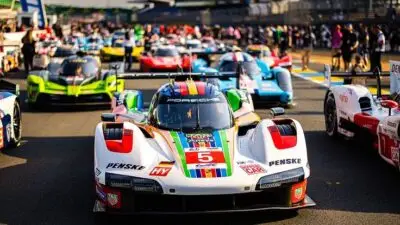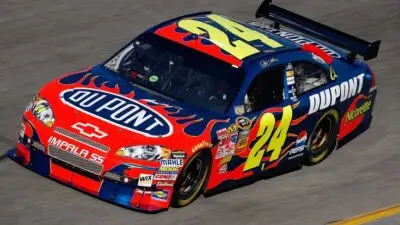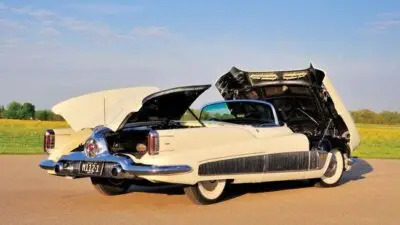Automotive journalism has shaped car culture for generations, helping enthusiasts and everyday drivers navigate the ever-changing world of automobiles. From detailed vehicle reviews to passionate commentary on industry trends, these writers have influenced what we drive and how we think about cars. The most influential automotive journalists throughout history have built legacies by combining technical knowledge with engaging storytelling that connected with readers on both practical and emotional levels.

These respected voices in automotive media have ranged from technical experts dissecting engineering details to cultural commentators who understood the deeper relationship between people and their vehicles. Their words have influenced purchasing decisions, manufacturer priorities, and even helped define entire eras of automotive design and performance. Many of the top automotive journalists of the past continue to inspire today’s writers who cover the rapidly evolving transportation landscape.
1) Brock Yates

Brock Yates was a pioneering figure in automotive journalism who left an indelible mark on car culture. As the longtime executive editor at Car and Driver magazine, he shaped automotive writing for generations with his distinctive voice and fearless approach.
Yates is perhaps best known as the creator of the infamous Cannonball Run, a coast-to-coast illegal street race that captured America’s imagination. This daring event later inspired the popular 1981 film starring Burt Reynolds, for which Yates wrote the screenplay.
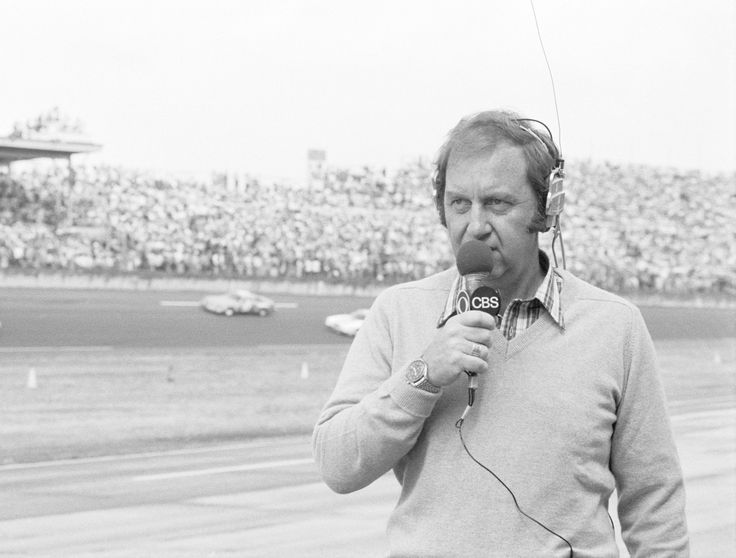
Many industry experts consider him the defining automotive journalist of his day. His writing appeared in prestigious publications beyond Car and Driver, including The Washington Post, Playboy, and The American Spectator.
Yates wasn’t just a writer; he was also a racer who understood cars from behind the wheel. This practical experience gave his commentary authenticity that readers appreciated. He even served as a pit reporter for CBS’s NASCAR coverage, bringing racing insights to television audiences.
Born and raised in Lockport, New York, Yates brought a rebellious spirit to automotive journalism. His willingness to challenge the automotive industry earned him both fans and critics throughout his career.
Yates passed away at age 82 after battling Alzheimer’s disease. His legacy lives on through his influential writings and the lasting impact he made on how journalists cover car culture.
2) LJK Setright

Leonard John Kensell Setright, commonly known as LJK Setright, was one of the most distinctive voices in automotive journalism. Born on August 10, 1931, he brought intellectual depth to car writing until his death on September 7, 2005.
Setright’s writing style was unique in the automotive world. He wrote with a poetic elegance that set him apart from his contemporaries, combining technical knowledge with literary flair.
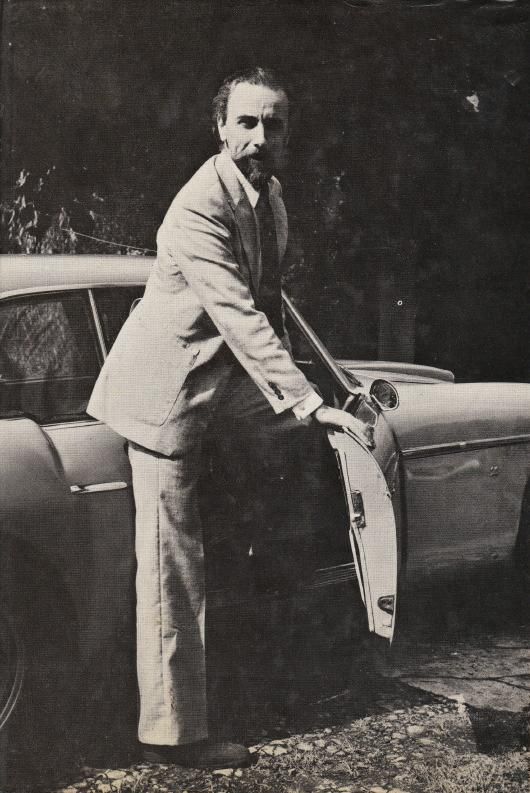
Often referred to simply as “LJKS” by readers and colleagues, he became known for his eccentric persona and vast knowledge. His expertise extended beyond cars to motorcycles and engineering principles, reflecting his comprehensive understanding of transportation technology.
Setright contributed regularly to respected publications and authored numerous books on automotive topics. His articles demonstrated deep technical understanding while remaining engaging for readers interested in the cultural aspects of motoring.
Many consider Setright part of a long line of influential automotive writers that shaped how we think and talk about cars. His technical accuracy combined with eloquent prose created a standard few could match.
His influence continues today among automotive journalists who study his work. The lessons from Setright’s approach to automotive journalism taught many writers about balancing technical information with engaging storytelling.
3) David E. Davis

David E. Davis Jr. was a towering figure in automotive journalism who transformed the way people wrote about cars. Born on November 7, 1930, he became known for his distinctive appearance and even more distinctive voice in automotive writing.
Davis’s career took a significant turn when he joined Car and Driver magazine, where he eventually became editor and publisher. His writing style combined technical knowledge with cultural insights and personal experiences that resonated with readers.

What set Davis apart was his refusal to be boring. He wrote with wit and wisdom that elevated car journalism beyond mere specifications and performance numbers.
In 1986, Davis founded Automobile magazine, creating a publication that reflected his vision of what automotive journalism could be. His influence spread as he mentored many writers who would become important voices in the industry.
Davis was a true raconteur who lived the automotive lifestyle he wrote about. He drove fast cars, sometimes crashed them, and wasn’t afraid to share those experiences with readers.
His opinions carried weight in the industry. When Davis praised or criticized a vehicle, automakers listened because they knew his influence extended to consumers.
Davis passed away on March 27, 2011, but his legacy lives on in automotive journalism. He’s often described as the “most influential automotive journalist of our time”, a title few would dispute.
4) Jean Jennings Lindamood

Jean Jennings stands as one of the most influential women in automotive journalism history. She began her career in an unconventional way, working as a Chrysler welder, mechanic and test driver before shifting to journalism.
Her rise to prominence came during her time at Car and Driver magazine in the 1980s. Jennings brought a fresh perspective to a male-dominated industry, combining technical knowledge with engaging storytelling.
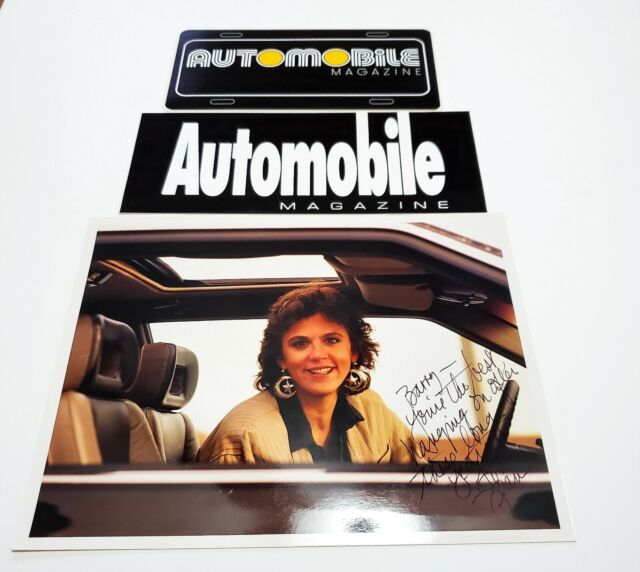
She later became a founding editor at Automobile magazine, where she spent 29 years. During her tenure, Jennings nurtured some of the car world’s best writers, editors and designers.
Her impact extended beyond her writing. Jennings became known for her automotive adventures with prominent figures in car culture, making complex automotive topics accessible to everyday readers.
Many automotive journalists working today can trace their influence back to Jennings. Her mentees went on to work at prestigious publications like Esquire, demonstrating her lasting impact on journalism broadly.
Sadly, Jennings passed away in December 2022 at age 70, leaving behind legions of fans. Her legacy remains strong in the automotive world, where she helped pave the way for diversity in automotive journalism.
Jean Jennings Lindamood’s contribution to automotive journalism cannot be overstated. She broke barriers, mentored talent, and brought authentic passion to car culture that continues to inspire today.
5) Denise McCluggage

Denise McCluggage broke barriers in the automotive world as both a pioneering race car driver and journalist. Born in 1927, she became one of the most respected voices in automotive journalism during an era when the field was dominated by men.
McCluggage’s career spanned from 1954 to her death in 2015. She wrote for several publications and was instrumental in bringing automotive journalism to mainstream audiences with her clear, insightful writing style.
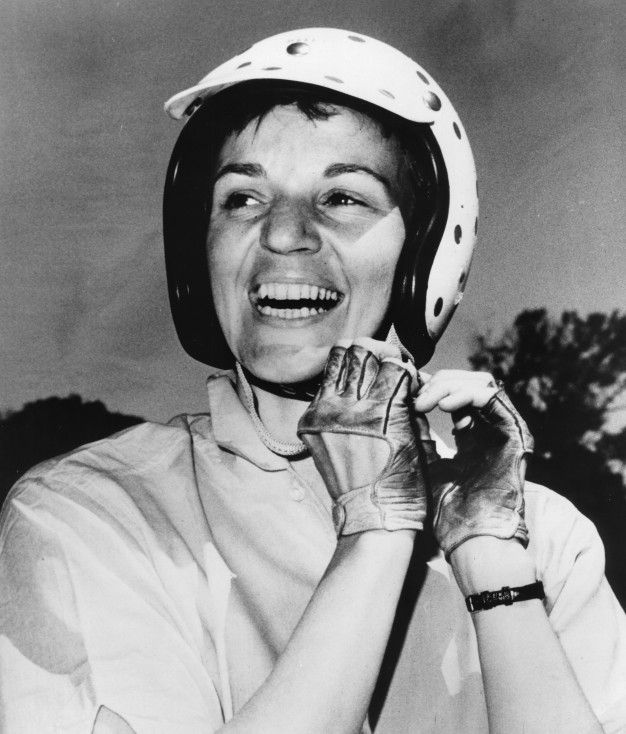
What made McCluggage unique was her firsthand racing experience. She competed professionally in events like the Monte Carlo Rally and 12 Hours of Sebring, giving her writing an authenticity that few could match.
She was known for wearing many hats as a racer, journalist, and photographer. This versatility allowed her to cover the automotive world from multiple perspectives, enriching her work with depth and nuance.
In 1959, McCluggage became a founding editor of Competition Press, which later became AutoWeek magazine. Her writing helped shape how Americans understood and appreciated sports cars and racing.
The Automotive Hall of Fame honored McCluggage for her contributions to the industry. She was also recognized with the Ken W. Purdy Award for Excellence in Automotive Journalism.
McCluggage was largely responsible for the rise in popularity of sports car racing in America during the late 1950s and 1960s. Her passion for automobiles and racing came through in her writing, inspiring generations of enthusiasts.
6) Ken Purdy

Kenneth William Purdy stands as one of the most influential figures in automotive journalism history. Born in Chicago in 1913, Purdy developed a profound passion for automobiles that would define his career.
His writing career spanned several decades, during which he established himself as a master storyteller with deep technical knowledge. Purdy’s eloquent prose elevated automotive writing from simple reporting to literary art.
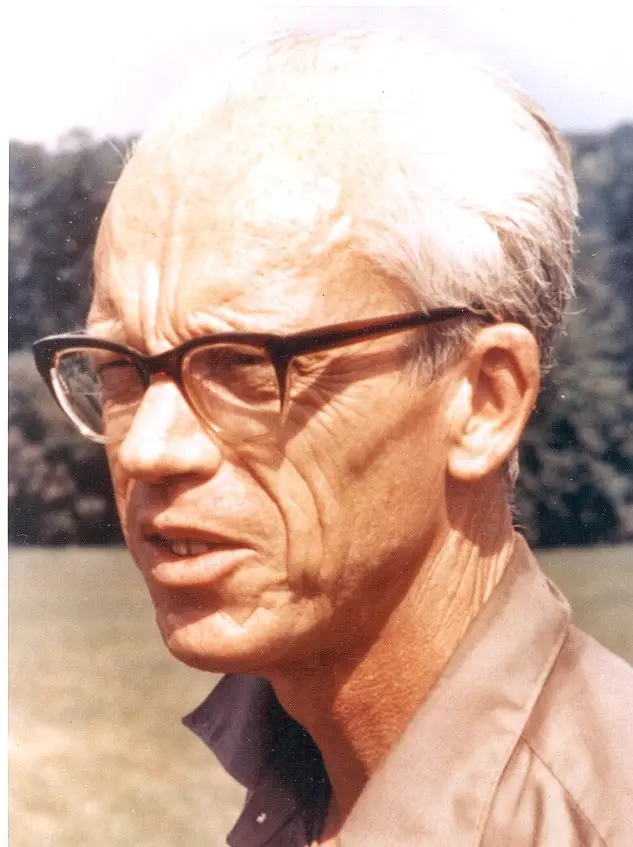
The International Motor Press Association honors his legacy with the prestigious Ken Purdy Award for excellence in automotive journalism. This recognition highlights his lasting impact on the field.
Many experts consider him “the best auto writer this country has yet produced.” His ability to blend technical information with engaging narratives set a standard few have matched.
Purdy served as both writer and editor throughout his career. His editorial skills were exceptional, helping shape automotive media during a formative period.
He contributed to prestigious publications including The Atlantic, where his automotive insights reached a broad audience. This expanded car culture’s influence beyond enthusiast circles.
Purdy’s work continued to influence automotive journalism until his death in 1972. His writing still serves as a benchmark for quality in the field.
Modern automotive journalists like Brock Yates and David E. Davis followed the path Purdy helped establish. His influence remains evident in contemporary automotive media.
7) Csaba Csere

Csaba Csere (pronounced “Chubba Chedda”) became one of the most influential voices in automotive journalism during his tenure at Car and Driver magazine. He joined the publication in 1980 and worked his way up from Technical Editor to Editor-in-Chief, a position he held from 1993 until his retirement.
With an engineering background and Hungarian-American heritage, Csere brought technical precision and analytical depth to automotive writing. His ability to explain complex mechanical concepts in accessible language made him a favorite among readers who wanted substance with their car reviews.
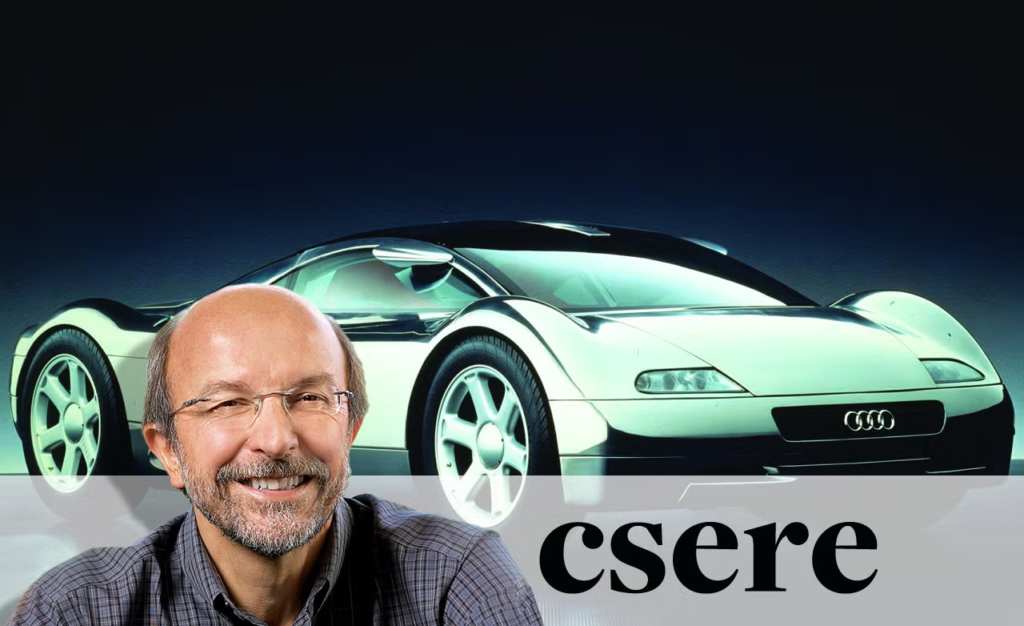
Under his leadership, Car and Driver maintained its reputation for honest, detailed evaluations and thorough testing procedures. Csere’s commitment to objective analysis helped establish industry-standard testing protocols that many publications still follow today.
His writing style combined technical expertise with practical consumer advice. Csere could dissect a vehicle’s engineering merits while also clearly explaining how those qualities translated to the driving experience.
Csere also appeared in television programs and became known for his memorable stories about the industry, including his experiences with automotive legend David E. Davis. His credibility and straightforward approach made him a trusted voice for both car enthusiasts and everyday consumers.
Though less flashy than some of his contemporaries, Csere’s influence on automotive journalism remains significant for elevating the technical standards of the profession while keeping content accessible.
8) Geoff Stunkard

Geoff Stunkard stands as one of the most respected voices in automotive journalism, with a career spanning more than 30 years in the industry. His expertise centers primarily on drag racing and muscle car history, areas where he has established himself as an authoritative figure.
As an author, editor, and photographer, Stunkard has contributed significantly to the automotive publishing world. He once served as the editor of Mopar Enthusiast magazine, showcasing his specialized knowledge of Chrysler vehicles and their performance heritage.
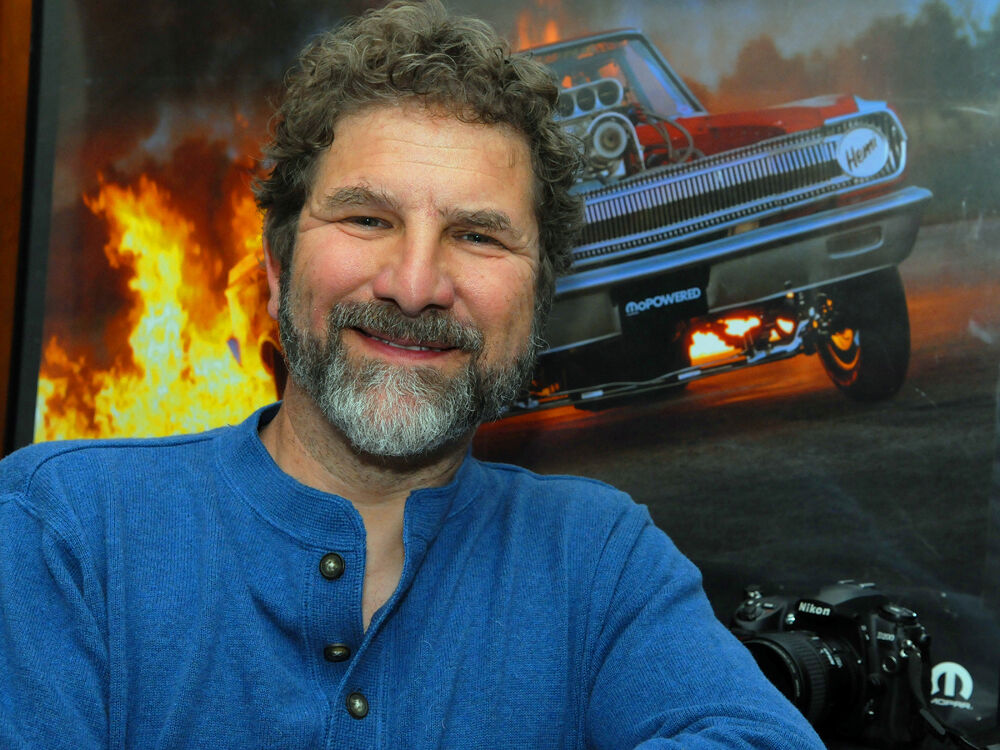
Stunkard’s writing is known for its depth and historical accuracy. He has produced numerous detailed works that car enthusiasts consider valuable resources, particularly for those interested in American muscle cars.
His research has resulted in unique publications that explore niche areas of automotive history. These detailed treatises have helped preserve important stories from racing and car culture that might otherwise be lost to time.
Among his notable works are books documenting the legacy of racing legend “Dandy” Dick Landy and his famous Mopar vehicles. This comprehensive coverage of Mopar racing history demonstrates Stunkard’s talent for combining technical knowledge with compelling storytelling.
Stunkard continues to be active in automotive circles today. His ongoing contributions to major automotive publications and appearances at industry events cement his place as an influential voice in car culture.
9) John R. Bond

John R. Bond stands as one of the most influential figures in American automotive journalism history. As the owner and publisher of Road & Track magazine from the late 1940s through the 1960s, he helped shape how Americans viewed sports cars and automotive culture.
Bond was uniquely qualified for his role in automotive media. His background as an engineer gave him technical credibility that many other journalists lacked. This expertise allowed him to write with authority about vehicle design and performance characteristics.
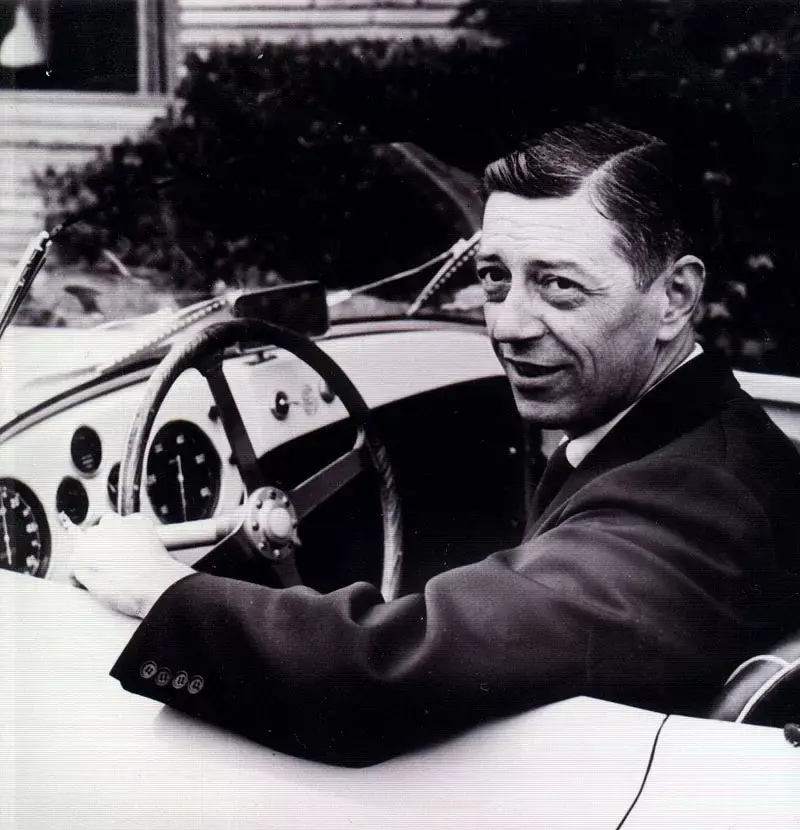
He became known for his detailed analysis and thoughtful critiques of automobiles. Bond’s writing style combined technical accuracy with accessibility, making complex automotive concepts understandable to everyday readers.
One of Bond’s most significant contributions was his series on sports car design in Road & Track. These articles helped educate Americans about European automotive culture at a time when many were unfamiliar with it.
Bond’s influence extended beyond just writing. He was recognized as a formidable force in advancing automotive journalism and history. His vision helped establish Road & Track as a premier automotive publication.
He was also an advocate for what American sports cars should look like and how they should be designed. This advocacy helped shape the development of sports car culture in post-war America.
10) Sharon Silke Carty

Sharon Silke Carty made history when she became the first woman to edit Car and Driver, America’s largest automotive magazine. This milestone came after building an impressive career through a series of increasingly responsible positions in automotive journalism.
As Editor-in-Chief at Car and Driver, Carty has brought fresh perspectives to automotive coverage. Her leadership has maintained the publication’s reputation for in-depth reporting and testing while adapting to the changing media landscape.
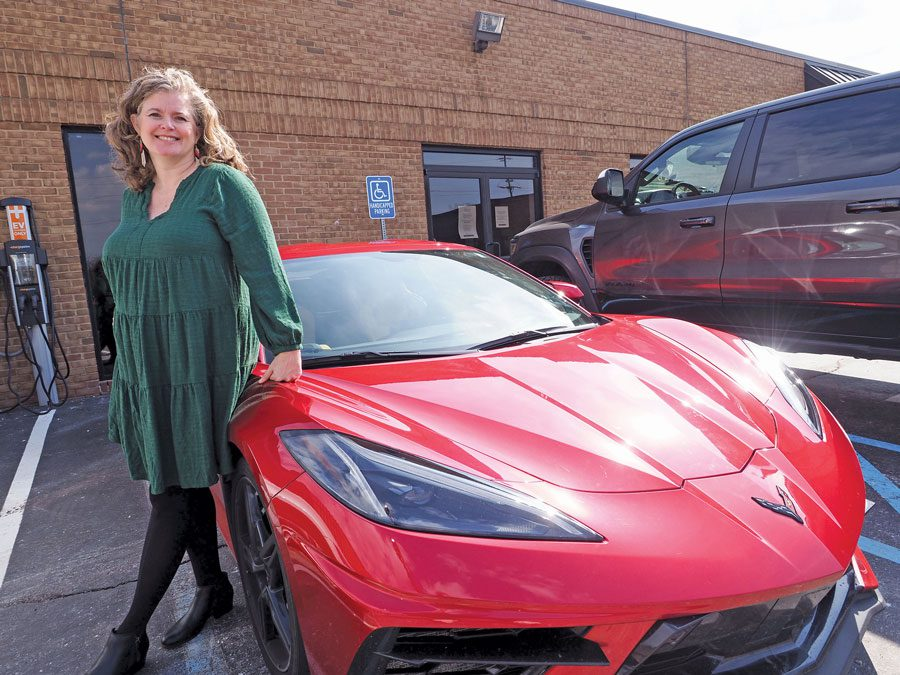
Carty’s influence extends beyond editing. She currently serves as director of content strategy and audience development for Hearst Autos, demonstrating her expertise in digital media and audience engagement.
Her tenure coincided with Car and Driver’s ambitious project to compile a list of the most important cars ever built. This project reflected both the publication’s rich history dating back to 1955 and its continued relevance in the automotive world.
Carty’s previous experience includes roles at Autoblog and AOL Autos. Her diverse background has helped her bring new dimensions to automotive coverage.
Recognition of her expertise has placed her among the top automotive journalists in the industry. She continues to influence how cars are covered and discussed in media, bringing both technical knowledge and cultural awareness to her work.
The Evolution of Automotive Journalism

Automotive journalism has transformed dramatically since its inception, evolving from simple vehicle announcements to sophisticated multi-platform content creation. This evolution reflects changing technologies, audience preferences, and the growing cultural significance of automobiles in society.
Origins and Early Influencers
The roots of automotive journalism trace back to the early 20th century when cars were still novelties. Early automotive writers focused primarily on technical specifications and practical information rather than driving impressions or cultural impact.
Ken Purdy emerged as one of the first influential automotive journalists, bringing literary quality to car writing. His work elevated automotive journalism beyond mere technical reporting.
By the mid-20th century, writers began developing more distinctive voices and perspectives. This shift created a foundation for personalities like Brock Yates and David E. Davis, who would later revolutionize the field with their unique approaches and writing styles.
These early influencers established two critical principles that still guide automotive journalism today: technical accuracy and engaging storytelling.
The Role of Magazines and Broadcast
Specialized automotive magazines became the primary platform for automotive journalism by the 1950s. Car and Driver, first published in 1955, grew to become one of the most influential voices in automotive media.
These publications nurtured legendary journalists including Jean Jennings Lindamond, Denise McCluggage, and Csaba Csere, who brought diverse perspectives to automotive coverage. Their work combined technical expertise with cultural commentary.
Television programs expanded the reach of automotive journalism further, bringing car reviews and racing coverage to mainstream audiences. This visual medium created new opportunities for automotive journalists to demonstrate rather than merely describe vehicle performance.
The digital revolution transformed automotive journalism again in the 21st century. Today’s top automotive journalists work across multiple platforms including websites, social media, podcasts, and video content.
Impact on Car Culture

The most influential automotive journalists have shaped both what consumers desire in vehicles and how manufacturers design cars. Their expert opinions have driven market trends and pushed innovation forward in significant ways.
Shaping Consumer Preferences
Automotive journalists have wielded enormous power over what cars people buy. Through their reviews and recommendations, writers like David Halberstam and Maryann Keller helped consumers make informed decisions by providing expert analysis of vehicles.
When a respected journalist praised a car’s handling, safety features, or value, sales often increased. Conversely, negative reviews could doom a model’s chances in the marketplace.
These writers didn’t just evaluate cars; they educated readers about what to value. They created frameworks for judging vehicles that many consumers adopted as their own standards.
Media coverage has also reinforced car culture by celebrating automobiles as symbols of freedom, status, and achievement, cementing their place in society beyond mere transportation devices.
Influencing Automotive Design and Innovation
Top automotive journalists have directly influenced how cars are designed and built. Their critiques of specific features, performance characteristics, and styling elements reached the desks of automotive executives and designers.
Manufacturers learned to anticipate journalists’ standards and preferences. Cars deemed worthy of praise often established benchmarks that competitors raced to meet or exceed.
Some influential writers campaigned for safety improvements, environmental considerations, and technological advancements. Their consistent focus on these issues pushed the industry toward meaningful changes.
Certain cars became cultural icons largely through the narratives created by automotive journalists. They elevated specific models from mere products to symbols that represented entire eras, lifestyles, or aspirations.
By highlighting innovation, journalists helped accelerate the adoption of new technologies from fuel injection to electric propulsion.
Frequently Asked Questions

Automotive journalism has been shaped by remarkable writers whose insights and passion have defined how we understand cars. These influential voices have transformed car culture through their distinctive approaches and groundbreaking coverage.
Who are considered the pioneers of automotive journalism?
Early automotive journalism was defined by writers who approached cars with seriousness and depth. Brock Yates established himself as a pioneer through his work at Car and Driver and by creating the infamous Cannonball Run.
Ken Purdy, writing in the 1950s and 1960s, elevated automotive writing to a literary art form. His work in Playboy and his book “Kings of the Road” set new standards for the profession.
Denise McCluggage broke barriers as both a racing driver and journalist, bringing firsthand experience to her writing while opening doors for women in the field.
What contributions have the top automotive journalists made to car culture?
David E. Davis transformed Automobile Magazine with his distinctive voice and automotive passion. His approach emphasized the joy and cultural significance of cars beyond mere technical specifications.
LJK Setright brought unprecedented intellectual depth to car writing. His encyclopedic knowledge and literary references elevated automotive journalism to new heights.
These journalists created the language and frameworks we still use to discuss automobiles today. Their work helped establish cars as cultural objects worthy of serious consideration.
Which automotive journalist had the greatest impact on the industry?
While impact is subjective, David E. Davis is often cited for fundamentally changing automotive media. His editorial leadership at Car and Driver and later founding of Automobile Magazine shaped how publications approach car coverage.
Brock Yates influenced both journalism and car culture through his creation of the Cannonball Run and his fearless criticism of the automotive establishment.
Jean Jennings Lindamood made substantial impact through her honest, straightforward approach and eventually her leadership as editor-in-chief of Automobile Magazine.
How do automotive journalists influence the perception of cars and brands?
Influential journalists shape public opinion through their expertise and trusted voices. Their reviews can significantly impact a vehicle’s market success or failure.
They contextualize industry developments, explaining complex engineering in accessible terms that help consumers make informed decisions.
The best automotive journalists identify meaningful trends and separate marketing hype from genuine innovation, guiding both industry directions and consumer preferences.
What attributes distinguish the top automotive journalists in history?
Technical knowledge combined with exceptional writing skills sets the great automotive journalists apart. They understand engineering principles while communicating in engaging, accessible language.
Independence and integrity are crucial attributes. The most respected journalists maintain objectivity and aren’t swayed by manufacturer influence or advertising pressure.
Passion for cars and driving experience add authenticity to their work. Firsthand understanding of driving dynamics enables them to evaluate vehicles in meaningful ways.
Can you name some groundbreaking stories published by leading automotive journalists?
Brock Yates’ exposé on the artificial 55 mph speed limit in Car and Driver challenged government policy and conventional wisdom about road safety.
David E. Davis’s review of the BMW 2002 helped introduce Americans to the concept of sports sedans, reshaping the market for decades to come.
Denise McCluggage’s race reporting brought readers into the driver’s seat through her unique perspective as both journalist and competitor. Her coverage of European racing helped build American interest in motorsports.

